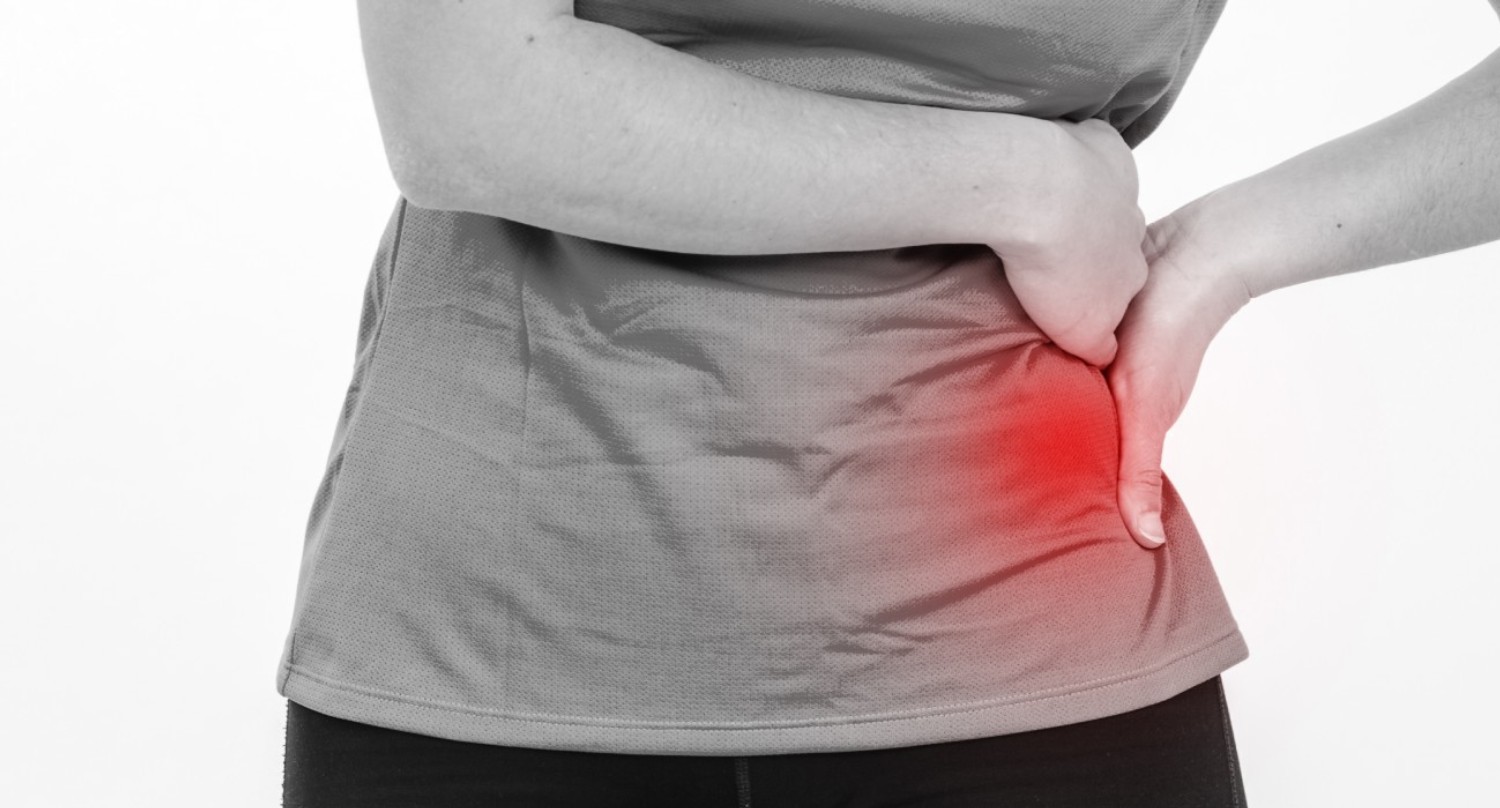Overview of Hip Replacement Surgery
Hip replacement surgery, medically known as hip arthroplasty, is a medical procedure undertaken to alleviate pain and improve mobility in individuals with hip joint damage. This surgery is recommended after other treatment options have failed to provide relief. Common causes leading to hip replacement include osteoarthritis, rheumatoid arthritis, and traumatic injury. The surgery involves the replacement of the damaged hip joint with a prosthetic implant.
There are two main types of hip replacement surgeries: total hip replacement, where both the acetabulum and the femoral head are replaced, and partial hip replacement, focusing only on the femoral head. Typically, the procedure requires a hospital stay and occurs under general or spinal anaesthesia. Advances in surgical techniques, such as minimally invasive procedures, have improved recovery times and outcomes for patients.
Dr LS Wang is one of the few accredited surgeons in the region specialising in MIS (minimally invasive surgery) Hip replacement surgeries using the Direct Anterior Approach and Direct Superior Approach. He routinely teaches surgeons in these MIS techniques.
Recovery Timeline for Hip Replacement
Initial Post-Surgery Recovery (0-3 Days)
During this period, patients typically remain in the hospital post operatively. Key focuses include managing postoperative pain, preventing complications, and initiating physical therapy. Pain management is achieved through medications, and measures are taken to prevent blood clots and infections. Physical therapy begins after surgery, often within the first day, to promote blood circulation and prevent stiffness. Patients are generally assisted to stand and walk with support, marking the initial steps towards regaining mobility.
Short-Term Recovery Phase (Weeks 1-6)
During this period of gradual improvement, patients often transition from hospital to home care. Key elements of this phase include:
- Pain Management: Continuation of pain relief strategies, often tapering off strong painkillers.
- Physical Therapy and Exercise: Increased involvement in physical therapy to strengthen muscles and improve joint function. This includes exercises to enhance flexibility and mobility.
- Mobility Aids: The use of walkers or crutches is common, gradually reducing reliance as strength and balance improve.
- Wound Care: Ensuring proper care of surgical wounds to prevent infection.
- Activity Restrictions: Adhering to restrictions on certain movements and weight-bearing activities to facilitate healing.
Progress during this phase is monitored through follow-up appointments with the orthopaedic surgeon or physical therapist. The goal is to regain independence in daily activities while ensuring the healing process is on track.
Intermediate Recovery Phase (Weeks 7-12)
The intermediate recovery phase, spanning weeks 7 to 12, marks a significant advancement in the healing process. During this stage, patients experience:
- Enhanced Mobility: Gradual increase in walking distances, often transitioning from walkers / canes to independent walking without aid.
- Continued Physical Therapy: Focused exercises for strength, flexibility, and balance, aimed at returning to more normal movement patterns.
- Reduced Pain and Discomfort: Noticeable reduction in pain, leading to decreased reliance on pain medication.
- Increased Activity Levels: Gradual return to everyday activities, including light housework and possibly driving, as advised by healthcare professionals.
- Monitoring Progress: Regular check-ups to assess joint function and overall recovery, with possible adjustments in therapy or activity levels.
This phase increases the gains in mobility and independence, setting the stage for long-term recovery.
Long-Term Recovery and Rehabilitation (Months 3-12)
The long-term recovery and rehabilitation phase is crucial for achieving the maximum benefits of hip replacement. This phase involves:
- Continued Physical Rehabilitation: Focused on regaining full strength and mobility. Exercises become more advanced, targeting endurance and functional movement.
- Return to Normal Activities: Patients often resume most of their pre-surgery activities, including recreational sports, with certain limitations as advised.
- Ongoing Monitoring and Care: Regular follow-ups with healthcare providers to monitor joint health and prosthesis integrity.
- Lifestyle Modifications: Adopting long-term lifestyle changes, like low-impact exercises and weight management, to protect the new joint.
This period marks the gradual return to normalcy, with an emphasis on maintaining joint health and overall well-being.
Factors Affecting Recovery
The duration of recovery after hip replacement surgery varies among individuals, influenced by several factors:
- Age and Overall Health: Younger, healthier individuals may recover more quickly.
- Pre-surgery Physical Condition: Active individuals with strong muscles tend to have a faster recovery.
- Type of Surgery: Minimally invasive surgeries often have shorter recovery times. Dr LS Wang is one of few surgeons in the region who is trains surgeons in direct anterior and direct superior hip replacements.
- Patient Compliance: Adherence to rehabilitation protocols and doctor’s instructions significantly impacts recovery.
- Lifestyle Factors: Smoking, obesity, and comorbid conditions like diabetes can prolong recovery.
- Support System: Having a strong support network can aid in a quicker, smoother recovery.
Conclusion
The recovery process after hip replacement surgery is gradual, spanning several months, and requires a commitment to rehabilitation and lifestyle adjustments. Patients should continuously consult their orthopaedic surgeon regarding their recovery process and actively participate in their recovery journey.
With improvements in hip replacement approaches and modern implants including an increased focus towards enhanced recovery protocols, patients can look forward to quicker recovery and minimal pain after surgery and to life without pain after full recovery.




